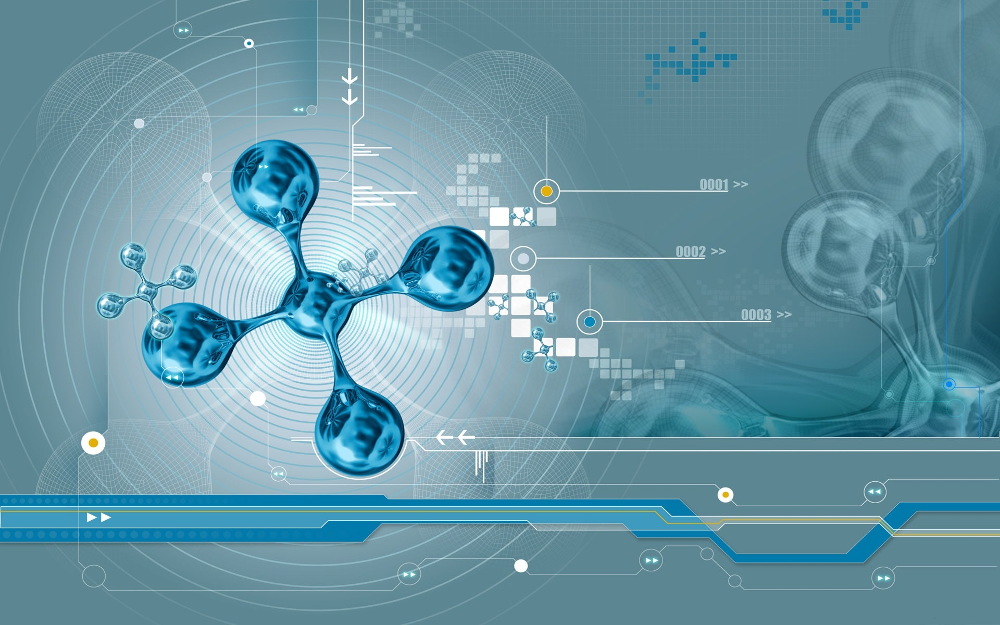What is the LA4s Toolbox?
The LA4S project
While the use of learning analytics has gained much attention and is being adopted by many higher education institutions in Europe and the world, the maturity levels of learning analytics in smaller institutions are only in the early stages. Currently, there is a high demand for more information about learning analytics, its practices and legal frameworks, and how to actually apply learning analytics in the field. For this purpose, the LA4S project was born (http://www.learning-analytics.uni.li/). The acronym LA4S stands for “Learning Analytics for Small Universities”, which reflects the main objective to integrate already carried out experiences in the learning analytics and learning process management research fields, and transfer innovations from these fields also for small-size organizations.
What is the LA4S Toolbox?
The LA4S Toolbox is one main output of the project, and provides specific details and references to learning analytics materials made available on this online portal. The Toolbox was created for the purpose of providing an easy-to-read and condensed information package about learning analytics, pointing out where to find further sources for information and resources that can be used for learning analytics applications. Therefore, this toolbox offers both information what is learning analytics all about and resources that can help you in further deepening your understanding of learning analytics, in creating your own applications, and also for various research purposes.
All these materials and guidelines are organized in a structured way and are designed to appeal to a variety of audiences interested in learning analytics, such as teachers, researchers, and learners. In more detail, the Toolbox offers an overview of the most common objectives and methods in learning analytics, and provides a collection of selected datasets, tools and applications which can be used to support various learning analytics scenarios. After hearing some success stories or praise about learning analytics, you might want to jump in the learning analytics bandwagon, and you probably need some parts from each of these five mentioned categories:
- Objectives: First you need to understand the objectives of applying learning analytics to understand how it could potentially serve your purposes.
- Methods: After you have set your own objective or a few, you need to understand what methods could be applied to reach the set objectives.
- Data Protection: However, the legal and ethical perspectives should never be neglected. Before implementing any learning analytics solutions, you should ensure that these aspects are properly taken into account to avoid breaking the law or causing any inconvenience.
- Datasets: Naturally, you also need some data to draw your knowledge from. The nature of the required data depends on the purpose you need learning analytics for. For example, to enhance teaching or learning activities, you probably need data that is collected from learners. However, also data gathered from the environment could help you with this purpose.
- Tools & Pointers: To apply learning analytics, you also need some tools. Here, these tools refer to different software that could be used for learning analytics. The software used for learning analytics can vary from using free software environment for statistical computing to buying a complete and easy-to-use data and analytics software suite.
Additionally, when the aim is to experiment with learning analytics at your institution, it might also require taking some stakeholders into account, analytics or programming skills might be needed, you need to invest time and sometimes also money, and you might need the support from the IT department. Nonetheless, already with understanding and choosing pieces from these five categories it would be possible to start experimenting with your own learning analytics solutions.
This toolbox is also an appendix to the “Learning Analytics Cookbook”, which offers an introduction to learning analytics, and thereafter guides the reader through a collection of learning analytics recipes that could also be applied by the readers themselves.
What is learning analytics?
“Learning analytics is an emergent fast-growing field in education that supports the measurement, analysis and reporting of data about learners and learning contexts for purposes of understanding and optimizing learning and the environments in which it occurs” (statement on Learning Analytics and Knowledge from the 1st International Conference from 2011, https://tekri.athabascau.ca/analytics/ ). The field itself takes advantage of the e-learning implementations in education and training, as well as of research and development work in areas such as educational data mining, web analytics and statistics (Ferguson et al., 2016).
There is no universally agreed definition of the term ‘learning analytics‘. For example, in the 2016 Horizon Report the term is described as “an educational application of web analytics aimed at learner profiling, a process of gathering and analyzing details of individual student interactions in online learning activities. The goal is to build better pedagogies, empower active learning, target at-risk student populations, and assess factors affecting completion and student success“ (Horizon Report 2016). https://library.educause.edu/~/media/files/library/2016/2/hr2016.pdf
For further reading, the JRC Report “Research Evidence on the Use of Learning Analytics – Implications for Education Policy” is another good source to take a look at, as it presents the early uptake in the learning analytics field and its policies and practices.
References
Picciano, A.G. (2012). The evolution of big data and learning analytics in American higher education. Journal of Asynchronous Learning Networks, 16 (3), 9-20.
Ferguson, R., Brasher, A., Clow, D., Cooper, A., Hillaire, G., Mittelmeier, J., Rienties, B., Ullmann, T., Vuorikari, R. (2016). Research Evidence on the Use of Learning Analytics – Implications for Education Policy. R. Vuorikari, J. Castaño Muñoz (Eds.). Joint Research Centre Science for Policy Report; EUR 28294 EN; doi:10.2791/955210.

